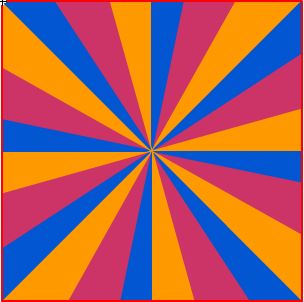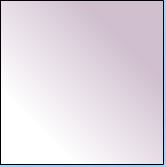Re-use of this resource is governed by a Creative Commons
Attribution-
NonCommercial-ShareAlike 4.0 International
https://creativecommons.org/licenses/by-nc-sa/4.0/
NonCommercial-ShareAlike 4.0 International
https://creativecommons.org/licenses/by-nc-sa/4.0/
TENSORS: Stress and Strain
• To fully define the state of strain or stress
in a material requires a magnitude and 2 directions. This is
because for example in the case of stress, the direction of the applied
force and the direction of the area upon which is applied need
to be specified, i.e. Whether the stress is tensile or shear,
and likewise for strain.
• For this reason stress and strain are 2nd rank
tensors. The relationship between them is in general a complex one,
described by the stiffness (or inversely the compliance)
tensor of 4th rank
• Strain is often measured using strain
gauges, small objects bonded to a sample surface with a resistance
that changes significantly with even very small strains. This
change can then easily be measured and related back to the sample
strain.
TENSORS: Electric Field and Polarisation
• Electric polarisation is a measure of the
density of dipole moments in a dielectric material. In an electric
field, positive and negative charges in the material
will separate, and it will become polarised.
• Electric field and polarisation
arc both vectors (1st rank tensors). Due to the anisotropy
in a general crystalline solid, the polarisation may not be parallel
to the applied field. As such, each component of the polarisation
can depend on each component of the electric field vector, and
so the tensor describing the relationship between them has 9 coefficients
and is of 2nd rank, and is know as the electric susceptibility.
• Polarisation and susceptibility are typically
measured using optical techniques such as ellipsometry.
TENSORS: The Piezoelectric Effect
• In some special non-centrosymmetric materials,
when a stress is applied a polarisation is induced,
and conversely when an electric field is applied a strain
is induced. This is known as the piezoelectric effect,
and it is another material property that can be described by
tensors.
• The piezoelectric tensor relates a 2nd
rank and 1st rank tensor, and so in general relates 3 independent
directions, and is a 3rd rank tensor. Similarly with the other
matter tensors discussed, the piezoelectric tensor can be simplified
for systems with some symmetry, for example in the case of quartz
(trigonal), there are only 2 independent coefficients in the
tensor.
• Piezoelectricity has countless applications,
for example in ultrasonics, scanning probe microscopes,
and in everyday devices such as cigarette lighters.


MECHANICAL
Stress
(MPa)
i
(MPa)
i
Young's Modulus (GPa)
i Poisson's Ratio
Shear Modulus (GPa))
i Poisson's Ratio
Shear Modulus (GPa))
Strain
(millistrain)
i
(millistrain)
i
1x
• Pick a material or choose custom to enter your
own values for the elastic moduli, and see how the strain varies with
the inputted stress tensor.
• For the stiffest materials such as diamond, it is recommended to use some strain magnification so that the effect of an applied stress can be seen.
• If you wish to know more about any of the individual tensors, click the little information icons next to them.
• For the stiffest materials such as diamond, it is recommended to use some strain magnification so that the effect of an applied stress can be seen.
• If you wish to know more about any of the individual tensors, click the little information icons next to them.
INFO
x
ERROR
x


ELECTRICAL
Electric
Field
i (Vm−1)
Field
i (Vm−1)
Electric
Susceptibility
i (Fm−1)
Susceptibility
i (Fm−1)
Electric
Polarisation
i (E0Cm−2)
Polarisation
i (E0Cm−2)
• Again, pick a material or enter custom values
for the electric susceptibility, and see how the resultant polarisation
is affected by the field applied.
INFO
x
ERROR
x


MECHANICAL
Stress
(MPa)
(MPa)
Compliance
i (GPa−1)
i (GPa−1)
Strain
(millistrain)
(millistrain)
ELECTRICAL
Electric
Field
(Vm−1)
Field
(Vm−1)
Electric
Polarisation
(E0 Cm−2)
Polarisation
(E0 Cm−2)
Electric Susceptibiliy
i (Fm−1)
i (Fm−1)
PIEZOELECTRICAL
d11
d14
i
d14
i
(×10−12 CN−1)
• Using quartz as an example, we shall investigate
the piezoelectric effect.
• Try inputting values into the stress and electric field tensor to see the effect on the polarisation.
• Try inputting values into the stress and electric field tensor to see the effect on the polarisation.
INFO
x
ERROR
x